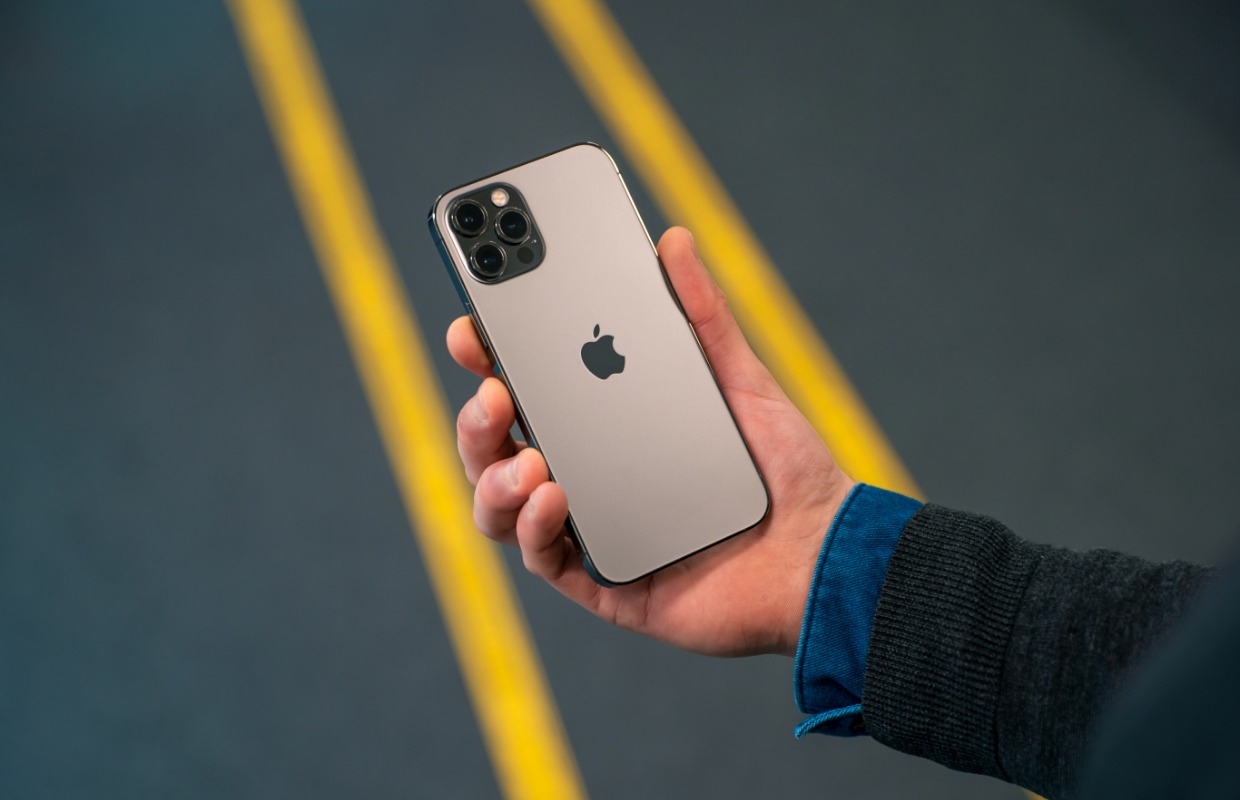6 questions and answers about the successor to 5G
5G has barely arrived, but hard work is already being done on the successor in the background. In this article, we answer the most pressing questions about 6G.
Read on after the ad.
Introduction to 6G
Technology is moving very fast. Since 2020, the Netherlands has a 5G network, although it is still in its infancy. The promised speed gain, for example, will be delayed until next year. 5G also does not yet have national coverage in the Netherlands.
However, this does not prevent the telecom industry from already looking to the future. Universities, think tanks and companies are working hard on the future of mobile networks. 6G should be on the market around 2030. In this article, we are introduced to the successor to 5G through six questions and answers.
The successor to 5G. The “G” in the name stands for generation. So 6G is the sixth generation of wireless network. Smartphones (and other wireless devices) need a network to send and receive data. Without a telephone network it is impossible to call, text and watch videos on the go. Most people currently have a 4G connection.
6G promises several advantages over 5G. The most striking is speed. In a research report by Samsung 6G is said to be up to 100 times faster than 5G. Also the Eindhoven University of Technology has high expectations. The university indicates that with 6G it takes only 0.4 seconds to download a movie, while 5G takes about 40 seconds.
Another advantage of the future network technology is more capacity. 6G has the potential to provide many more wireless devices with the internet before the connection becomes slow. This is a good thing, because the super-fast technology is being developed in part with the future in mind.
Also interesting: 5G dictionary: these mean radiation, latency and other concepts
For everything. Researchers assume that in the coming years we will be connecting more and more devices and products to the internet. 6G must make this vision of the future possible.
It is therefore expected that the successor to 5G will open the doors to products that are not yet commonplace, but will be by 2030. Examples are autonomous driving cars, such as the Apple Car, or self-flying drones. 6G must ensure that network problems do not prevent the arrival of these futuristic products.
Another example is the emergence of smart glasses, such as the mysterious Apple Glass that is believed to be working on. Researchers think that the smartphone will be obsolete by 2030, and we especially smart glasses with artificial and virtual intelligence (aka artificial and augmented reality called).
It is not known exactly what Apple’s plans for 6G are, but it is clear that the company is working hard behind the scenes on the successor to 5G. Recently it came out that the iPhone maker is looking for staff to work on 6G. It is likely that the Cupertino company wants to take a leading role in the development of the new network and thus gain a head start on the competition.
The vacancy states, among other things, that future employees will have “a fundamental impact” on the future of Apple products. Furthermore, staff are expected to actively contribute to the development of knowledge around 6G, for example by speaking at conferences.
Apple probably wants to become less dependent on suppliers in the future with this 6G staff. The iPhone 12 is the first Apple phone that can handle 5G, but it is in partnership with Qualcomm, a maker of smartphone parts.
Also read: ‘Apple is working on 6G, the successor to 5G’
During the 6G Summit, a conference that took place in 2019 in which several experts participated, the new network technology has yet to overcome several obstacles.
A current problem is, for example, that the demand for fast network technology is leading, rather than the supply. This means that there are more and more devices that need to be connected to the internet, but that the infrastructure is not yet ready for this.
The industry is also facing the fact that the lightning-fast development of 6G is increasing existing inequalities. Great powers such as China and the United States are fully committed to 6G, while billions of people do not even have a mobile. The quality of mobile networks in these relatively poor countries also leaves much to be desired. 
Far from. Based on the past, the telecom industry believes that 6G will be available in 2030 at the earliest. Until now, there has always been about ten years between the generations. 4G came on the market around 2010 and we have been able to get started with 5G since last year.
All sorts of bright minds are currently working on 6G. For example, the Finnish company Nokia is leading an investigation into the successor to 5G under the name Hexa-X. This European project investigates the benefits of 6G and which technologies can make use of it.
5G month on iPhone
Back to the present. Throughout March, your favorite Apple website will be all about 5G. Is it worth taking out a 5G subscription in 2021? What are the costs of such a subscription? And how fast is it actually compared to 4G?
This month we will consider these types of questions and many more. Read one of the articles below from our monthly series and sign up for our newsletter to stay informed about new pieces.



